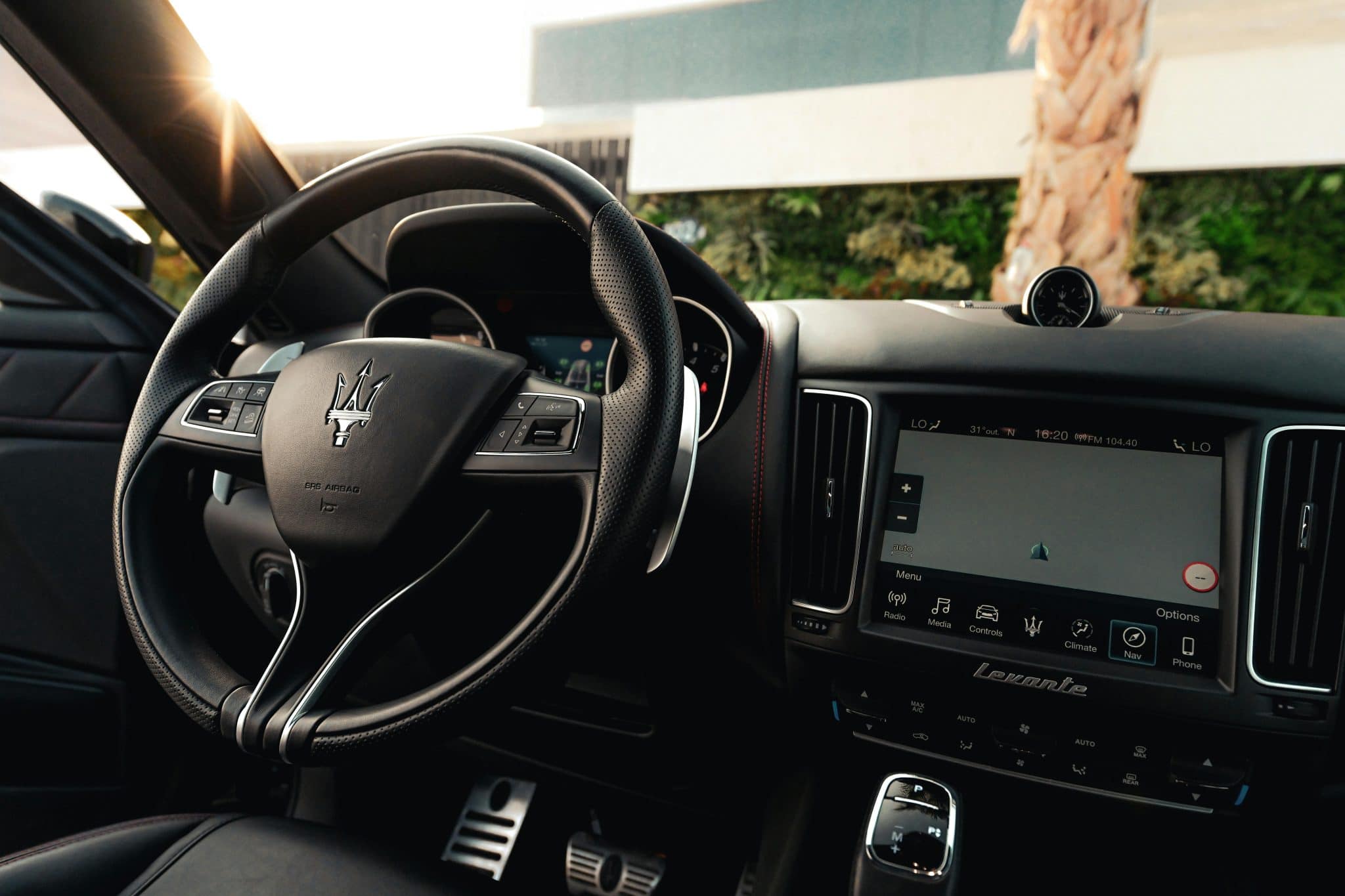Designer Authentication Verifying Luxury Brand Secondhand Items
Are you looking to add some luxury brand items to your wardrobe without breaking the bank? Buying secondhand designer items is a great way to save money while still indulging in high-end fashion. However, with the rise of online marketplaces and consignment stores, it can be challenging to know if the items you are purchasing are authentic. That’s where designer authentication comes in. In this article, we will discuss the importance of designer authentication and how it verifies luxury brand secondhand items, ensuring that you get what you pay for.
The Importance of Designer Authentication
Designer authentication is the process of determining the authenticity of a designer item. With the rise of counterfeiting, it has become crucial to ensure that the designer items you are purchasing are genuine. Not only does it affect your bank balance, but it also supports unethical practices and can compromise your personal safety.
Counterfeit designer items are often made with poor materials, affecting the quality and durability of the item. This means that the item may not last as long as an authentic one, resulting in a waste of money. Moreover, some counterfeit items may contain harmful substances, such as lead, which can pose a health risk to the wearer.
Furthermore, purchasing counterfeit designer items supports illegal and unethical practices, such as child labor and trafficking. In some cases, these counterfeit operations are linked to organized crime, putting the safety of consumers at risk.
How Designer Authentication Works
Designer authentication is typically done by experts who have extensive knowledge of various luxury brands and their products. These experts are trained to spot even the smallest details that can help determine the authenticity of an item. They examine the item’s quality, craftsmanship, and materials to determine if it meets the brand’s standards.
When it comes to verifying secondhand luxury items, experts follow a thorough process to ensure that the item is genuine. First, they examine the packaging and any accompanying documents, such as the brand’s authenticity card and receipt. Then, they inspect the item itself, checking for any identifying marks and the quality of materials used. Experts will also look at the stitching, lining, and hardware to see if it matches the brand’s standards.
In addition to visual inspection, experts may also use advanced technology to authenticate designer items. This includes checking the item’s serial numbers, using UV lights to detect hidden markings, and comparing the item’s physical characteristics to the brand’s database.
The Benefits of Designer Authentication for Consumers
The most significant benefit of designer authentication for consumers is peace of mind. Knowing that the item you are purchasing is genuine means that you are getting what you pay for and supporting ethical practices. Additionally, authentic designer items tend to hold their value, meaning you can resell them at a higher price in the future.
Moreover, designer authentication also protects the value of the luxury brand. With the rise of counterfeit items flooding the market, the value of genuine designer items can decrease. By verifying the authenticity of secondhand items, it helps maintain the brand’s reputation and the value of their products.
In Conclusion
Designer authentication plays a vital role in verifying the authenticity of luxury brand secondhand items. It not only protects consumers from purchasing counterfeit and potentially unsafe items but also supports ethical practices in the fashion industry. By investing in designer authentication, you can have peace of mind knowing that your designer items are genuine, without compromising your budget or values. So the next time you shop for secondhand designer items, make sure to get them authenticated before making the purchase.










